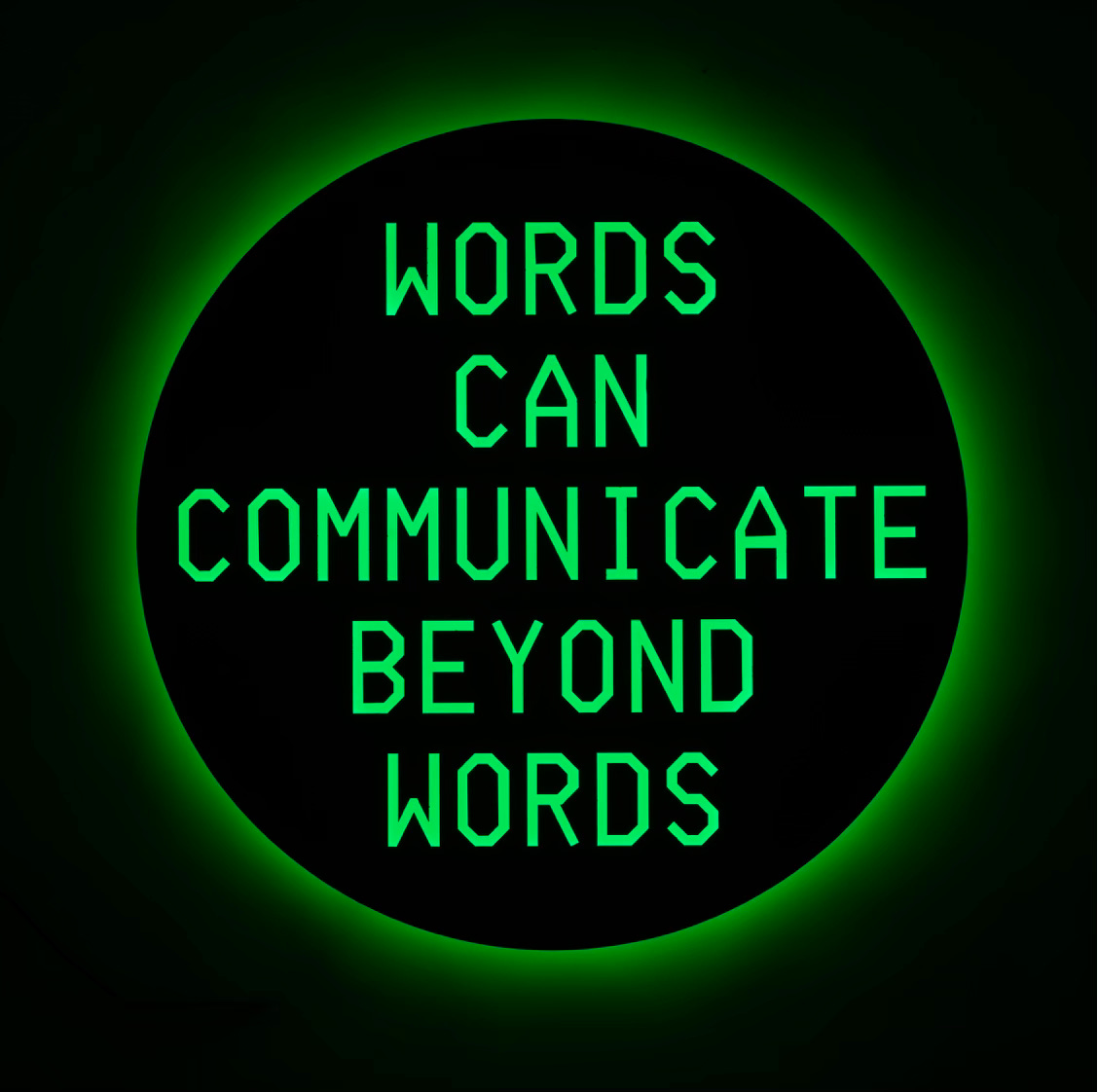The Great AI Art Gold Rush: Christie’s First-Ever Auction Fully Dedicated to AI Art

GANs, DALL-E, MidJourney, Stable Diffusion, human-machine collaboration—once the jargon of tech pitch decks, now the lexicon of art auction catalogues. AI-generated art has secured center stage at the world’s most storied auction house. Christie’s Rockefeller Center in New York—the grand cathedral of cultural validation—is hosting Augmented Intelligence, its first auction dedicated entirely to AI-generated art, led by Digital Art department VP Nicole Sales Gile. Algorithms now stand shoulder to shoulder with blue-chip master artists like Warhol and Picasso, not just catching eye but commanding record-breaking bids.
In a pre-Beeple world, when the digital art market was still viewed as a niche curiosity by traditional gatekeepers, I wrote my master’s thesis on the circulation of digital art in the art market. At that time, skepticism was palpable. I recall standing in the West Wing of Christie’s in October 2020, witnessing the first-ever blockchain art auction. Robert Alice’s Block 21 held the rare distinction of being sold alongside paintings in the Post-War and Contemporary Art Day Sale category, but it was largely ignored by the mainstream—unlike the omnipresent digital art frenzy we see today. That moment feels like an eternity ago. Since then, the landscape hasn’t just shifted; it has exploded, with Beeple’s record-breaking NFT sale setting a precedent. Now, Christie’s, a trailblazer in digital art sales, ventures into terra incognita: an auction dedicated wholly to AI-generated art.
This shift is more than technological; it’s cultural. Augmented Intelligence carries the lineage of early AI pioneers like Harold Cohen to contemporary visionaries such as Refik Anadol, Pindar Van Arman, Holly Herndon & Mat Dryhurst, Alexander Reben, Claire Silver, Sasha Stiles, and others from NVIDIA’s AI Art Gallery. These artists aren’t merely using AI—they are reshaping our understanding of creativity, asserting AI as a legitimate, powerful medium in the contemporary art world.
The price estimates for these works—ranging from $70,000 to $1.7 million—are staggering. But the real story here is not just about financial validation. These sums reflect a deeper shift in how we value art in the digital age, where human-machine collaboration is reshaping artistic legitimacy. While these price tags may signal the market’s confidence in AI art, they also reflect a cultural sea change, as AI becomes more than just a tool; it’s now an active collaborator.
Van Arman’s early neural network paintings, already in museum collections, hint that AI art has already found its place in the annals of art history. Meanwhile, Reben’s evolving piece, where a robot paints in real-time based on live bidding, redefines the very notion of an auction. A recent $1 million sale of an Ai-Da painting highlights collectors' readiness to pay top dollar for machine-made masterpieces, further validating the growing market for AI-generated art. Yet what sets Christie’s Augmented Intelligence apart is its focus on collaboration—human and AI working together to create works that defy traditional artistic boundaries.

Does it matter that these neural networks lack MFA, or that poets without computer science degree are using AI to create their work? Not really. The question isn’t who built the tool, but who bends it to shape new stories. Art has never been about inventing a medium; it’s about mastering its use—and about who holds the power to validate it. Institutions like Christie’s have stepped in to grant AI art the legitimacy it once lacked, shifting the cultural landscape. This echoes Norbert Wiener’s concept of the machine à gouverner, where algorithms are not only tools but the system itself, shaping the way we interact with and validate our world. In this context, the rise of AI-assisted and generated art—both as a creative force and a culturally validated medium—isn’t a contradiction but an evolution.
AI art, like every transformative movement before it, is carving its own path into the canon. Christie’s Augmented Intelligence auction stands as a defining moment. The traditional art world is undergoing a profound shift—legitimacy isn’t bestowed, it’s seized. The art world is scrambling to stake its claim, adapting to a new framework where human-machine collaboration is not just a novelty but a creative force in its own right. The future of art is augmented—with a medium that thinks, creates, and extends human creativity—and the great AI art gold rush is here to stay.



